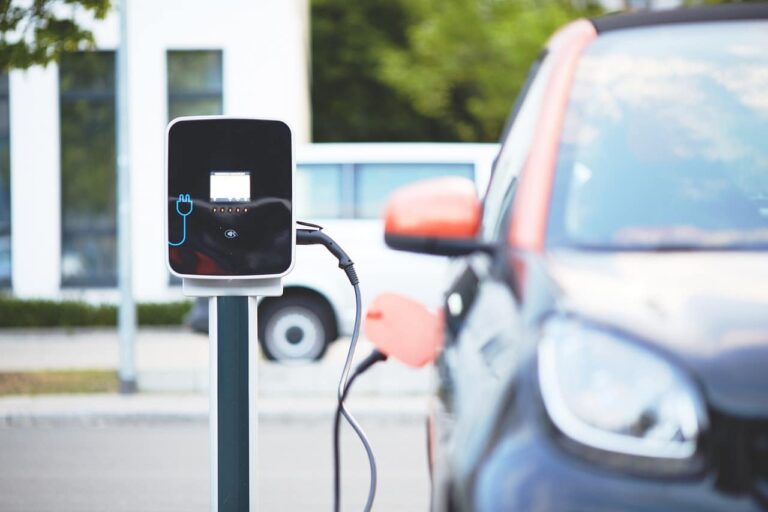TL/DR –
Susan Solomon, a scientist who helped establish how human-made chemicals were depleting the earth’s protective ozone layer, spills the tea on chemistry, climate change, and rolling up your sleeves to save the planet. She believes that despite the massive investments in fossil fuel infrastructure, public and consumer action can drive change – just like the way people ditched spray cans in the 70s to save the ozone layer, they can put pressure on fossil fuel industries today. And her optimism isn’t blind – she points out that the falling prices of clean energy and the Paris agreement’s trajectory make it possible to keep global temperature rise within 2C.
Susan Solomon: Clueing us in on Climate Change
Susan Solomon, a Chicago native with a PhD in atmospheric chemistry, is famous for her research on the Earth’s ozone layer. Her work in the 1980s laid the groundwork for the Montreal Protocol of 1989, which eradicated 99% of the human-made chemicals harming the ozone. Now a professor at MIT, her latest book Solvable: How We Healed the Earth, and How We Can Do It Again offers insights from past environmental successes to the current climate crisis.
From Science Enthusiast to Climate Crusader
Inspired by Jacques Cousteau, Solomon switched from biology to chemistry due to her fascination with planetary atmospheres. Her work on the ozone hole led to questions about whether we could also solve climate change, given the success with ozone depletion.
Mystery of the Ozone Layer
The ozone layer, vital for life on Earth for its protection from the Sun’s ultraviolet light, was being depleted by chlorofluorocarbons (CFCs) used in aerosols and refrigerators. CFC emissions, including those from hairsprays and deodorants, greatly increased the amount of chlorine in the Earth’s atmosphere, depleting the ozone.
Acting on Ozone Depletion, Learning for Climate Change
The relatively small chemical industry quickly addressed the ozone crisis. This led to public and consumer actions, such as people voluntarily phasing out spray cans for roll-ons, having a massive effect on the market. We need to apply the same approach to the fossil fuel industry today. The industry will fight to protect its investments, but collective consumer action can drive change.
Global Heating and Collective Action
Despite the anti-regulation mindset, we need to prioritize our values over the market’s cost-effective solution. We must consider the value of nature, and the cost of a child getting asthma, to drive change. The concept of stranded assets and consumer choice in investments can bring pressure on the industry.
Climate Change Optimism
Despite a hotter last year, falling prices of solar energy and batteries indicate significant change is coming. The Paris agreement has already put us on a trajectory that won’t exceed 3C. Collective action has kickstarted us on this problem, and we shouldn’t give up now.
Ozone Layer: A Success Story
Human-made chlorofluorocarbons have steadily decreased, marking the ozone issue a massive environmental success story. This also helped the climate change issue, as they are potent greenhouse gases. Dialling down on chlorofluorocarbons reduces potential warming by a degree by 2050.
Original Story at www.theguardian.com




